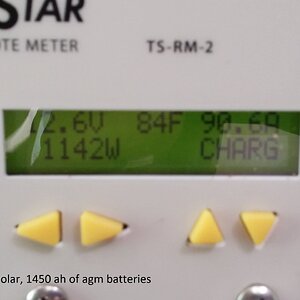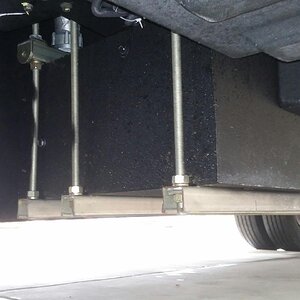After thinking on this a few hours, I'm not sure I'm on board this is a Cummins issue. Or more specifically, it's not their responsibility. Cummins provides the "leads" for the sensors, starters, etc. Take the case of TJ's engine shutdown issue. Is that a Cummins problem or whomever attached the components to the engine such as the Chassis manufacturer?
In the case of the DEF system, Cummins has the engine and after treatment configuration. The DEF tank and DEF sensor, who owns this? Cummins or the chassis vendor? Cummins has the interface for the sensor to talk with the Cummins system but the sensor system could be outside their boundary of responsibility. This is why in hindsight, after reading the article which puts blame on Cummins, I'm not sure I agree in the end. Thing through everything that attaches to the engine and see if all of that falls under their responsibility.












